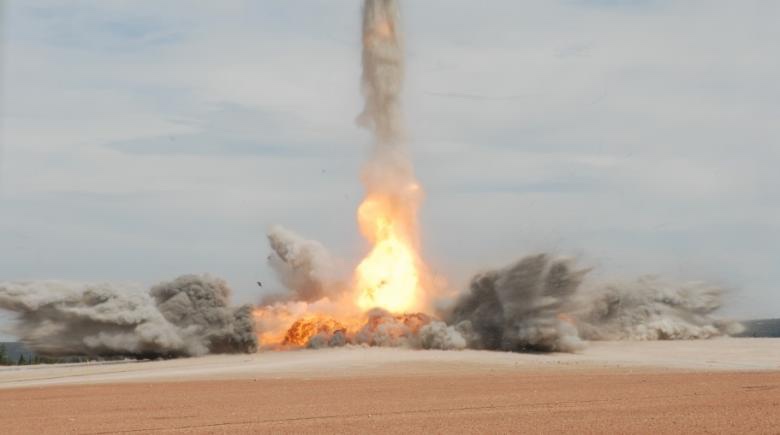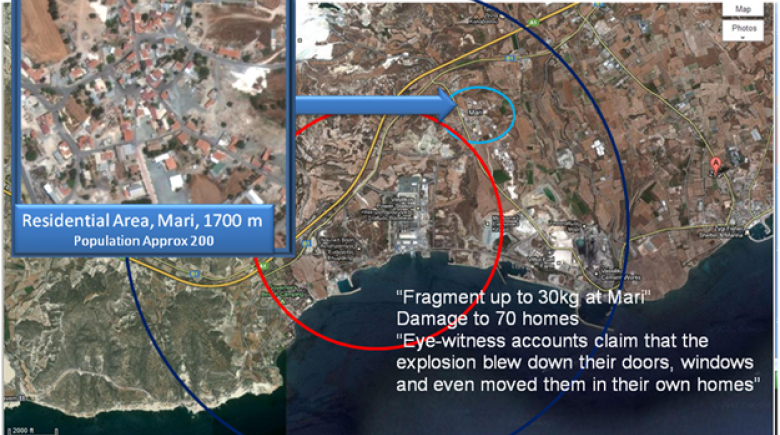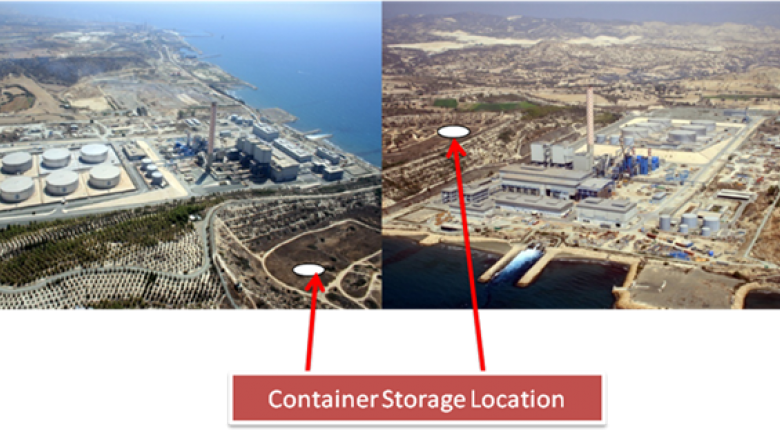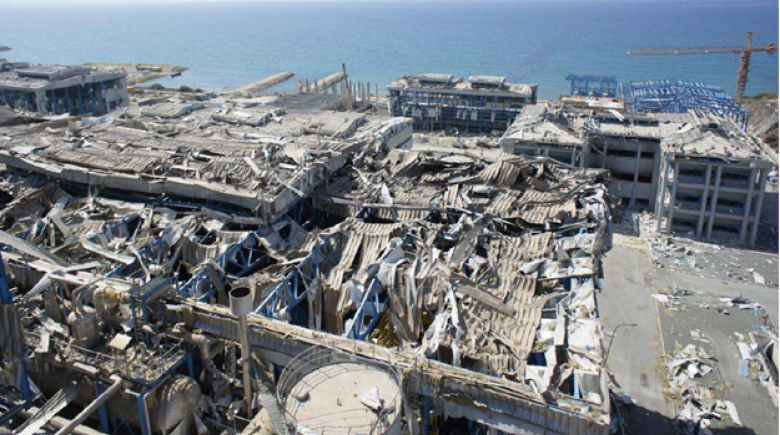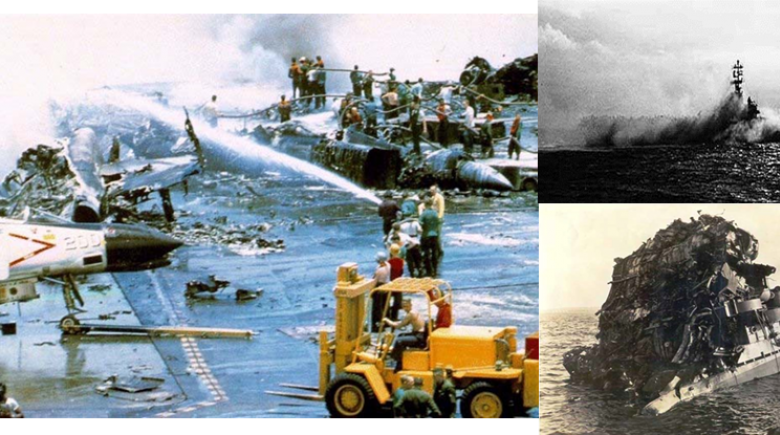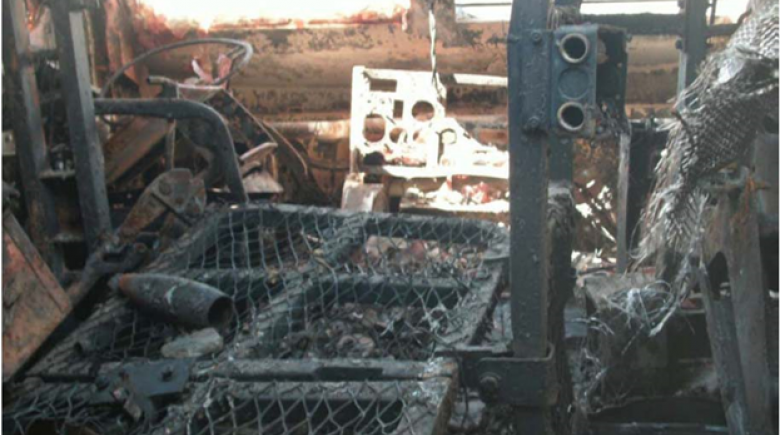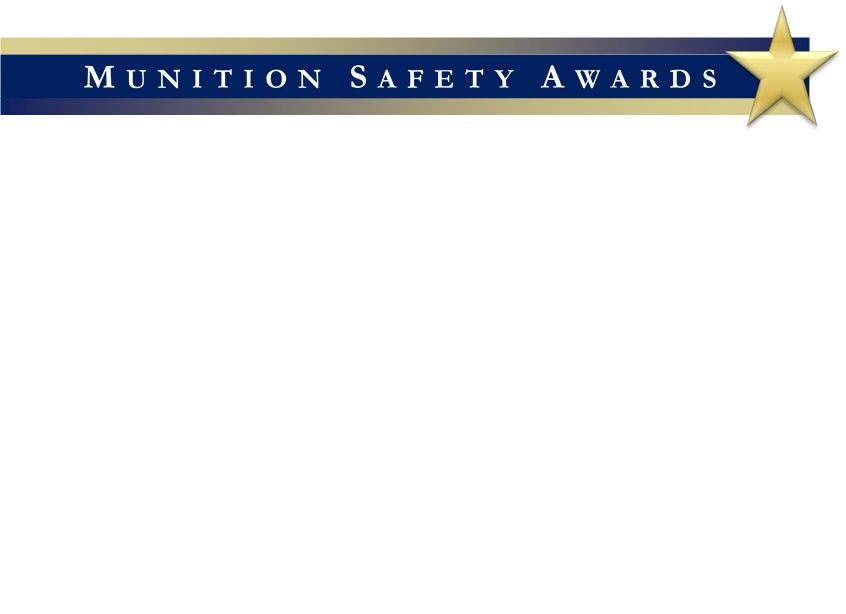Munitions Transport and Storage Safety
MSIAC provides advice and expertise on risk management including: explosives effects modelling, consequence analysis, risk modelling, prevention and mitigation throughout the life cycle of munitions.
CURRENT AREA OF INTEREST / WORK:
Topics of interest to MSIAC include:
- Explosives Safety;
- Modeling of Explosion Effects and Consequences;
- Quantitative Risk Analysis (QRA);
- Accident Reporting;
- Insensitive Munitions;
- Testing and Qualification;
- Policy and Standards.
MSIAC report their findings on storage and transport of ammunition through:
- Developing technical reports and papers;
- Answering technical questions for the MSIAC nations;
- Maintaining a number of databases.
As the current TSO, I have an academic interest in:
- Assessing the risk of accidental explosions;
- Blast modelling, as well as modelling debris and fragment throw;
- Injury modelling.
2020 Work Elements:
- Answering technical questions;
- Improved Explosives and Munitions Risk Management (IEMRM) workshop;
- Technical support for AC/326 SGC;
- Future developements in QD standards;
- AASTP-1 and AASTP-5 Course
- Explosives Safety Munitions Risk Management (ESMRM) Course for Planners, Logisticians and Explosives Safety Staff
- MSIAC National Exchange of Information Databases;
- Collation and Analysis of IM and HC Test Data
- Risk and Tolerability
Answering Technical Questions
The TSO Munitions Transport and Storage Safety answers technical questions from authorized individuals from MSIAC member nations. Relevant topics are: explosives safety, modeling of explosion effects and consequences, Quantitative Risk Analysis (QRA), accident reporting, insensitive munitions, testing and qualification, policy and standards.
Improved Explosives and Munitions Risk Management (IEMRM) workshop
The TSO Munitions Transport and Storage Safety was responsible for the organisation of the "Improved Explosives and Munitions Risk Management" workshop from 10 to 14 September 2018 in Granada. The goal was to exploit an improved understanding of munitions vulnerability and consequences to deliver improvements in explosives and munitions risk management. The workshop brought together stakeholders from the Hazard Classification (HC), Insensitive Munitions (IM), and explosives storage safety communities to develop a coordinated and optimised approach to managing explosives and munitions risk. Current work is ongoing to ensure the results from the workshop will be addressed in the munitions safety community.
Technical support for AC/326 SGC
The TSO Munitions Transport and Storage Safety provides technical support to AC/326 SGC, and gives advice on future development and priorities in relation to NATO guidelines AASTP-1, AASTP-4, and AASTP-5. MSIAC contributes to the NATO AC/326 SGC meetings and related custodian and technical meetings, and serves as a repository. A number of topics that are currently relevant are the harmonisation of HD1.2 Quantity Distances (QD) and HD1.1 Small Quantities QD (SQQD), harmonisation of standards for storage in the home country and on deployed missions, and development of QDs for Insensitive Munitions (IM). A big milestone will be the AASTP-1 Edition C Version 1.
Future development of QD standards
The TSO Munitions Transport and Storage Safety has developed a comprehensive report about the experimental and theoretical basis of Quantity Distances (QD) given in NATO standards AASTP-1 and AASTP-5. The MSIAC QD Consequence Analysis Tool (MQDCAT) has been developed to carry out a simple consequence analysis and enables validation and further developement of QDs.
AASTP 1 & 5 Course
We teach explosives safety officers and others responsible for storage of ammunition and explosives how to apply Quantity Distances (QD) standards and risk analysis methods provided in NATO standards. The event is typically organised 5 to 7 times per year, and the maximum number of students per course is 25. The lead instructor is Mr. Johnny de Roos (ex Belgian MoD), who, in most cases, will be assisted by a second instructor.
To consult the course schedule, please click this link https://www.msiac.nato.int/workshop/aastp-1-aastp-5-lecture-series/.
Non-MSIAC member NATO nations are welcome on the AASTP-1 and AASTP-5 course at a cost of 1,000 Eur p.p.
The lecture series has also been registered in the Education and Training Opportunities Catalogue (ETOC) from the Allied Command Transformation (ACT). This makes the AASTP-1 and AASTP-5 Course an official NATO Course: https://e-itep.act.nato.int/Guest/ETOCindex.aspx.
Explosives Safety Munitions Risk Management (ESMRM) Course for Planners, Logisticians and Explosives Safety Staff
ESMRM is the overarching NATO policy (ALP-16) that defines roles and responsibilities with respect to risk management on NATO missions, and describes the risk management process to be followed if criteria in NATO standards AASTP-1 and AASTP-5 cannot be met. MSIAC was asked by the US DoD Explosives Safety Board to develop a three day ESMRM course. This recently developed course has been provided one time in 2020:
BEL Brussels 4-7 February 2020 (pilot course)
MSIAC National Exchange of Information Databases
With respect to Munitions Transport and Storage Safety, MSIAC maintains databases on the following subjects: hazard classification, accidents, explosion effects software, and nationally approved structures. These are available on the MSIAC portal. https://portal.msiac.nato.int
To allow easy searching in the accident database, the MSIAC Accident Database Exchange (MADx) has been developed. MADx has over 14,500 contributions from US, UK, Canada, France, Australia, The Netherlands, Belgium and Germany, and has been made available to governmental users from those nations. MSIAC invites future contributions from other MSIAC nations as well. MSIAC also provides short accident reports on the public website in conjunction with the newsletter. In special cases, like the accident in Cyprus in 2011, MSIAC conducts a forensic analysis of an accident.

Collation and analysis of IM and HC Test Data
In IM tests, measurement of blast and fragmentation are conducted in order to determine the munition response. The same data could also be beneficial to inform the development of appropriate safety distances and consequence/risk analysis. To date, the data has not been consistently exploited for this purpose. At the recently held IEMRM workshop it was concluded that especially for munition responses deflagration (type IV) and explosion (type III) a good overview of the lower and upper limits of blast and fragmentation hazards is missing.
This work element will study existing IM blast and fragmentation test data collected from the open literature and that contributed by nations/test centres. By comparing peak overpressures and positive phase impulse with TNT blast curves, TNT equivalencies can be determined. This may lead to a range of typical values for response types. Fragmentation characteristics such as mass and velocity data obtained from fragment pick-up and witness pack data will also be compared.
The work element will also make recommendations for additional testing necessary to develop safety distances and consequence/risk analysis methodology. For example measurement of thermal effects, and validation of the behavior of IM at a larger scale, e.g. in bulk storage.
Risk and Tolerability
The intent is to review international and national risk polices and their application to better understand differences between MSIAC Member Nations. Best practice with respect to quantitative risk assessment (QRA) will be reviewed as a means to inform risk decisions. Finally, understanding how we should apply safety targets for design (e.g. 1 in a million)and how this relates to tolerability will be assessed and defined (per use, for the programme, per person etc.).

